
5 minute read
Indoor/Outdoor Living
Observations From a Gardener
Written By Lynn Walker Hoverson And Stephen Walker
It has been more than sixty days since The RGV experienced its version of the Big February Freeze of 2021. That has been a long enough time to change lawn appearances and gardening perspectives. To think about the February 2021 Freeze now, seems similar to looking for meaning in a revisited nightmare. Probably countless tons of dead organic matter from once-lush and beautiful tropical and semi-tropical plants here in the Rio Grande Valley are still being cut, moved, burned, buried or otherwise recycled in the after-effects of the big weather event that hit all of Texas extremely hard.
As many a gardener knows and shares the sentiment, HOPE SPRINGS ETERNAL IN THE GARDEN. Gardeners also have their sad stories to tell about the losses they have suffered due to the February 2021 Freeze event. I have been told quite a few variations during the past two months. Here in this article I have categorized and listed observations from around Our Valley and from my own Garden of Gratitude. I have applied names for rating levels of plant life survival.
Top Freeze Survivors
includes but is not limited to:

Wedelia
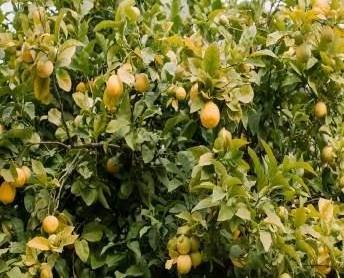
Grape Fruit Trees
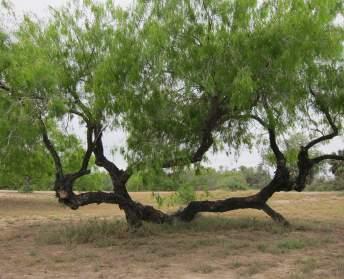
Mesquite Trees

Kaffir Lime Tree

Meyers Lemon Tree

Pecan Tree
COMPLETELY UNPHASED BY THE COLD WEATHER

Bay Tree

Pansies

Garden Kale

Cedar Tree

Peonies

Italian Cypress Tree
Visually Damaged but not Dead

Sago Palm

Dragonfruit Cactus

Aloe Vera

Wild Olive Tree

Loriope

Lantana
DEFINITELY FROZEN TO DEATH

Guanabana Tree
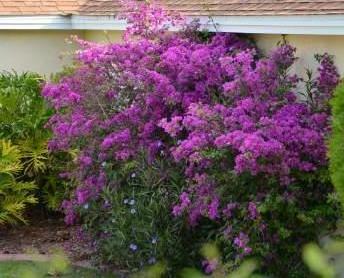
Bouganvillas

Pink Hibiscus Bush

Golden Rain Tree

Guava Tree

Papaya Tree

One of the most interesting local examples of the Life Force in God’s Creations can be seen at the intersection of Caesar Chavez Road and Nolan’s Street. It is a Bengal Ficus. At first glance, you might gasp and say, “How sad that such a gigantic tree has died!’. However, when you take a really close look, you can see the several sprouts emerging from places on the trunk and branches.

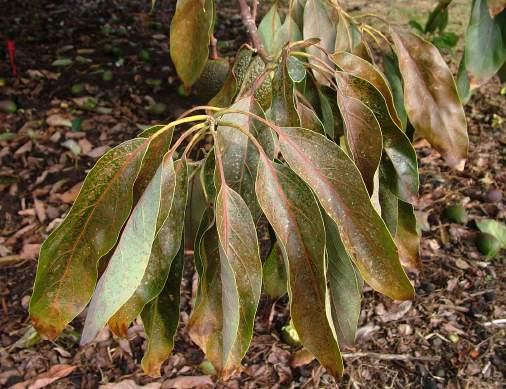
PROFESSIONAL LANDSCAPE TIPS

Soon after the extreme weather event STEPHEN WALKER, a local RGV professional landscape architect offered great advice about post February Freeze wilted yards, plants and shrubs; and what to do with it all. Here is what Stephen Walker had to say: First of all, do not overreact. Give the plants some time in order for you to get a read on how much of the plant is actually is lost.
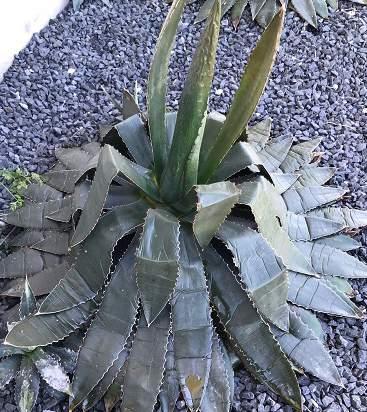
Do not cut shrubs, small flowering trees, or even tropical trees back till you see where and what will be new growth. This will provide a delineated line on what has been frozen and what will be the edge of the dead material that needs to be removed. New growth may take several days or weeks of warm weather to produce new leaf or stimulate growth. Much of the tropical ground covers can be cut back or even mowed to get the top off the material so new growth from the roots can come back.
Usually, a freeze will not affect subterranean roots, and plants such as ground covers will regrow. Typically, trees such as olives and citrus need to be observed to verify how much wood should be left in place and what needs to be trimmed off or topped. Wood the size of your thumb usually is what needs to be removed from the type of freeze we just had.

If a tree or shrub was protected from dry cold winds in an area like a fenced yard or other structures, they will have a minimal amount of damage. The good thing about the freeze we just experienced was a wet freeze (water in the form of ice and snow) will minimize the type of transpiration* (the loss of water in the plant) and most plants will have faired much better.

Watering and covering the plants before a freeze is also good insurance to save the plants when practical. Even a 40-watt bulb under a cover such as a bedsheet can save a shrub during a hard freeze.

The act or process or an instance of transpiring - the passage of watery vapor from a living body (as of a plant) through a membrane or pores. “ Stephen Walker Landscape Architect 956-309-3113





